In the post WW2 years, Voigtländer expended a great deal of effort to provide the best viewfinders for their cameras, the optical viewfinder being almost universal for popular cameras and the limited number of SLRs available were still in their infancy at the time. The Kontur finder was one of their best products.
Alongside the Kontur, they supplied the innovative Turnit reversible optical finder for use with their interchangeable lens cameras. This allowed 35mm and 100mm focal lengths to be included in one accessory by simply reversing it in its mount, with an additional 50mm mask option on the 35mm setting with the last version, the model 3. The Proximeters they offered for close ups were bought in from the German firm of Herman Schneider, who supplied various, appropriately branded versions of the accessory to several camera manufacturers.
All these products were intended to improve the experience of using their viewfinder cameras but it was only the Kontur that provided such a natural and comfortable experience.
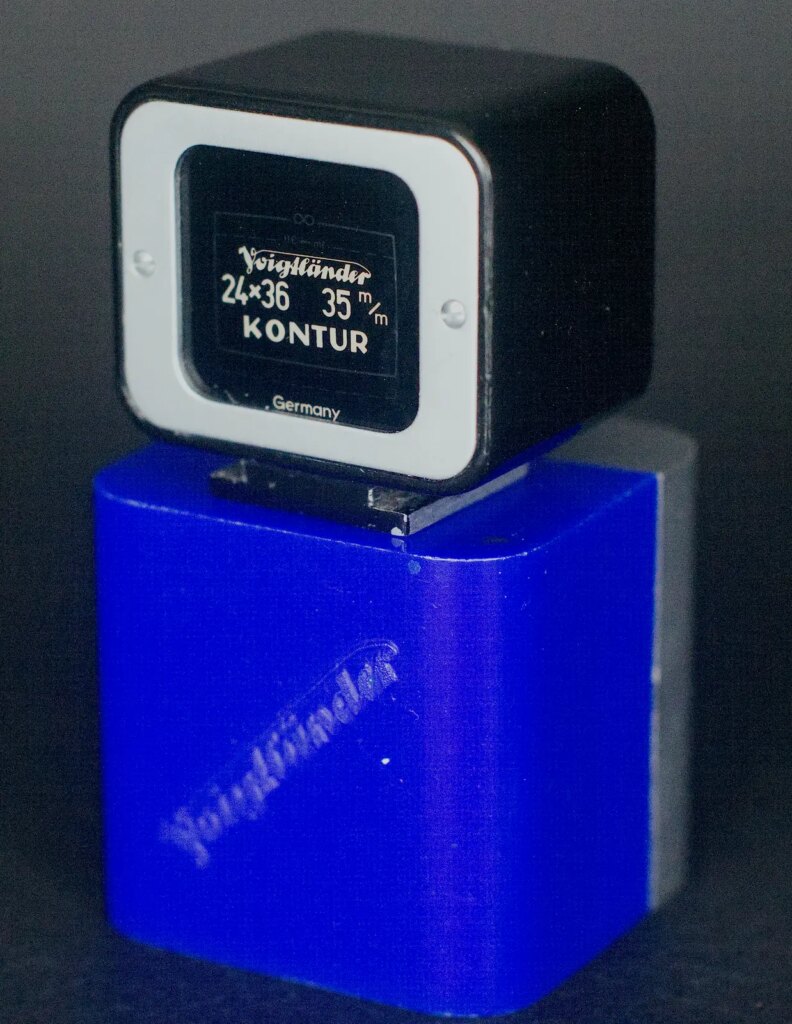
Theory and construction.
The Kontur was introduced in 1951 in 35mm and 50mm focal lengths for 35mm cameras and in 6×6 and 6×9 formats for 120 and could be used on other makes of camera with the appropriate focal length.
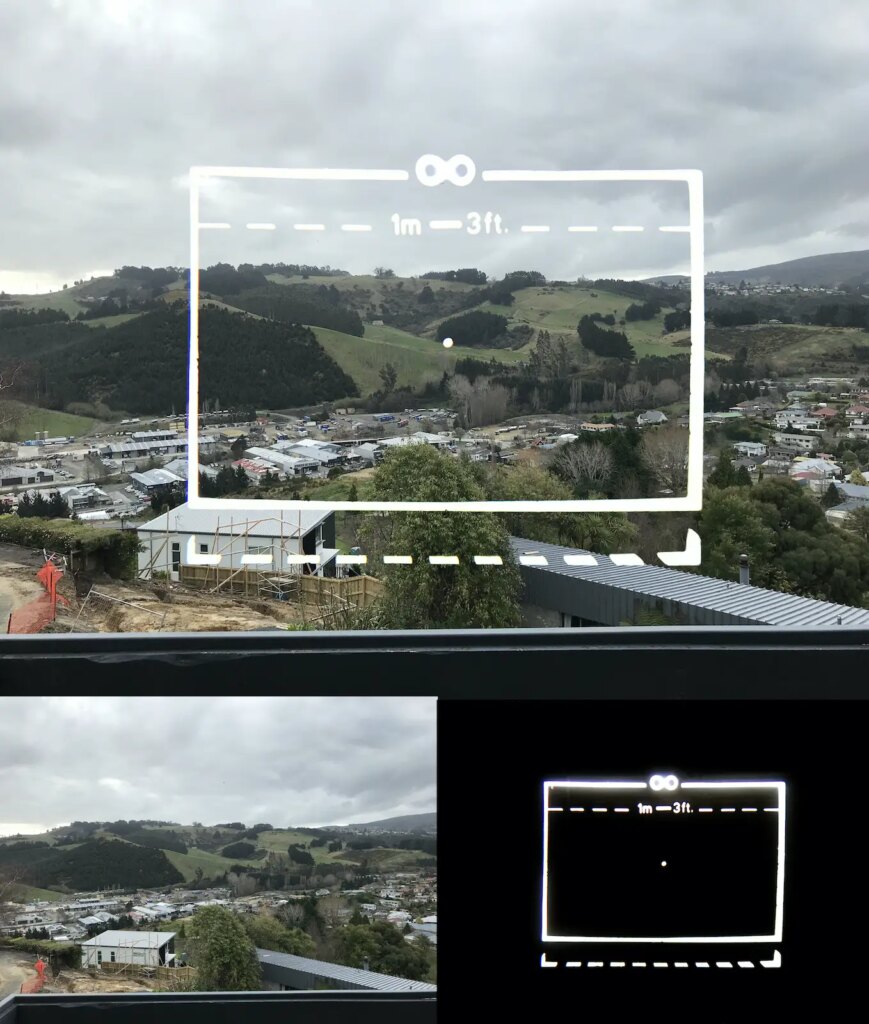
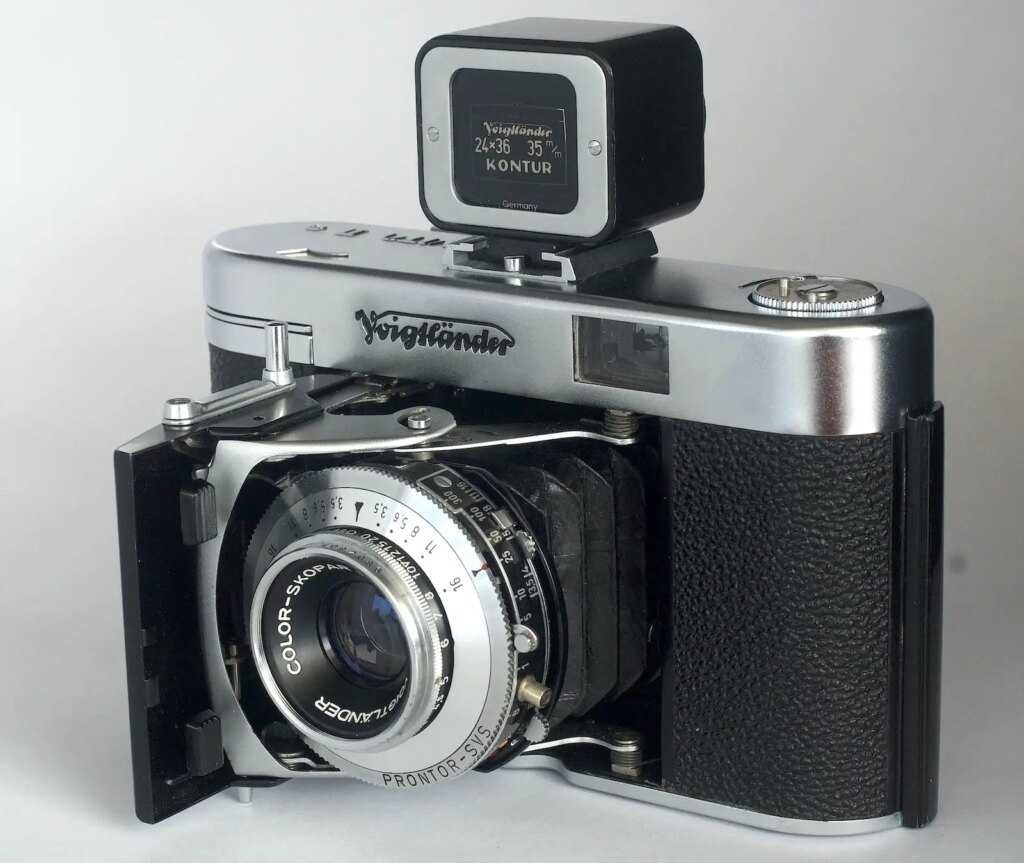
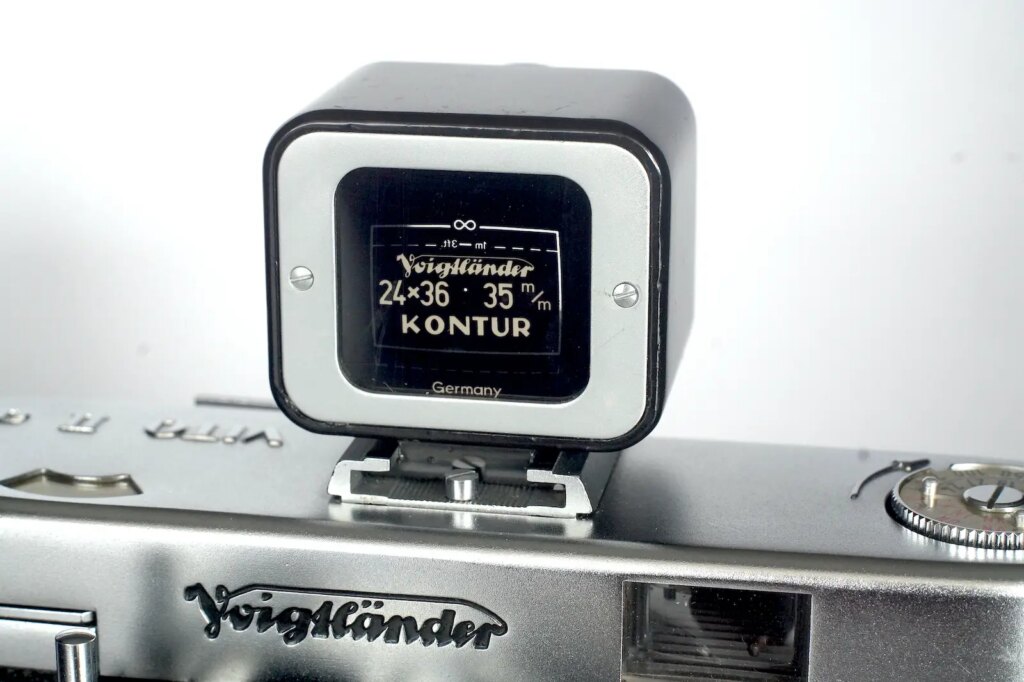
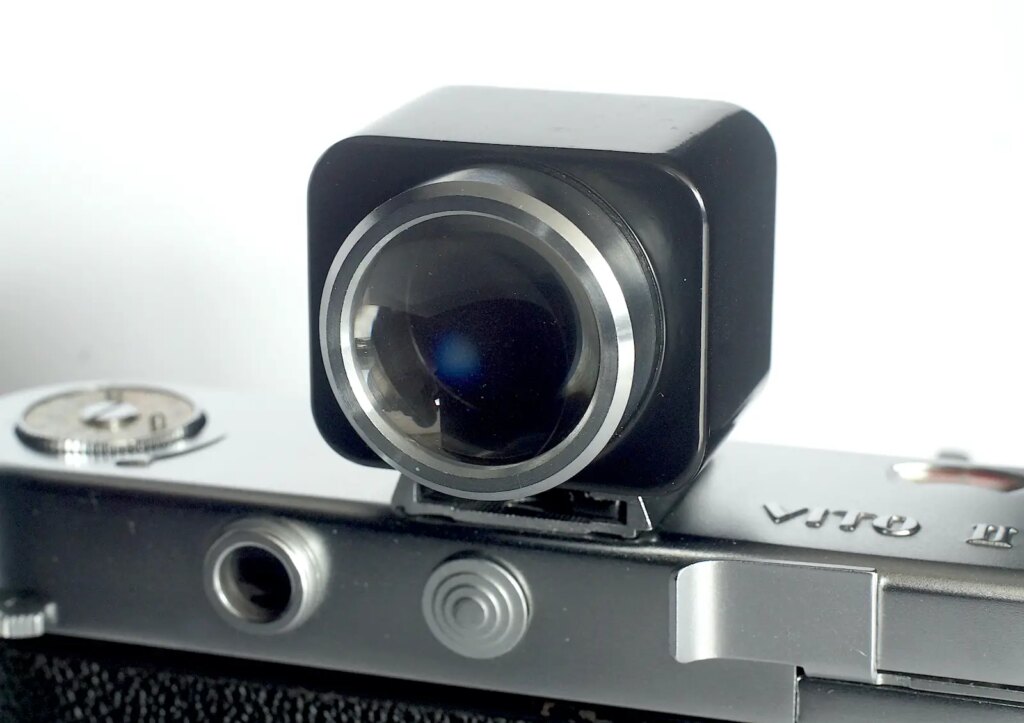
It was a most unusual solution and unique in apparently only showing the frame lines. It was used, however, keeping both eyes open, taking advantage of the brain’s ability to combine the separate images seen by each eye, in much the same way as when viewing a stereo pair. With the Kontur, the effect was of the frame lines being suspended over the much wider life size view being seen by the free eye, this only being limited by the peripheral vision of the user.
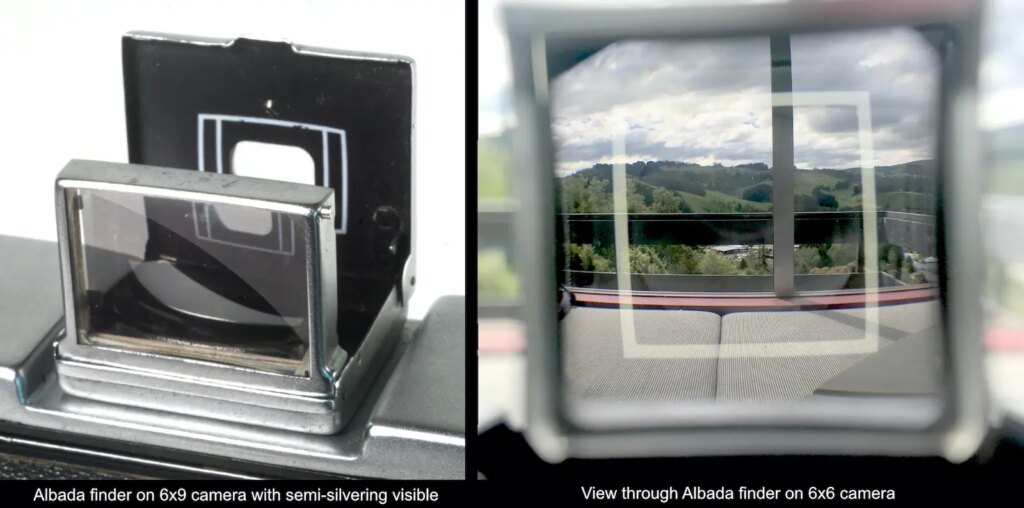
This had the same result as an Albada reflected frame finder but in a much simpler device. The Albada used a semi-silvered front lens to reflect a frame printed onto the front of the eyepiece mount. The examples show the semi-silvering and the slight darkening this produces.
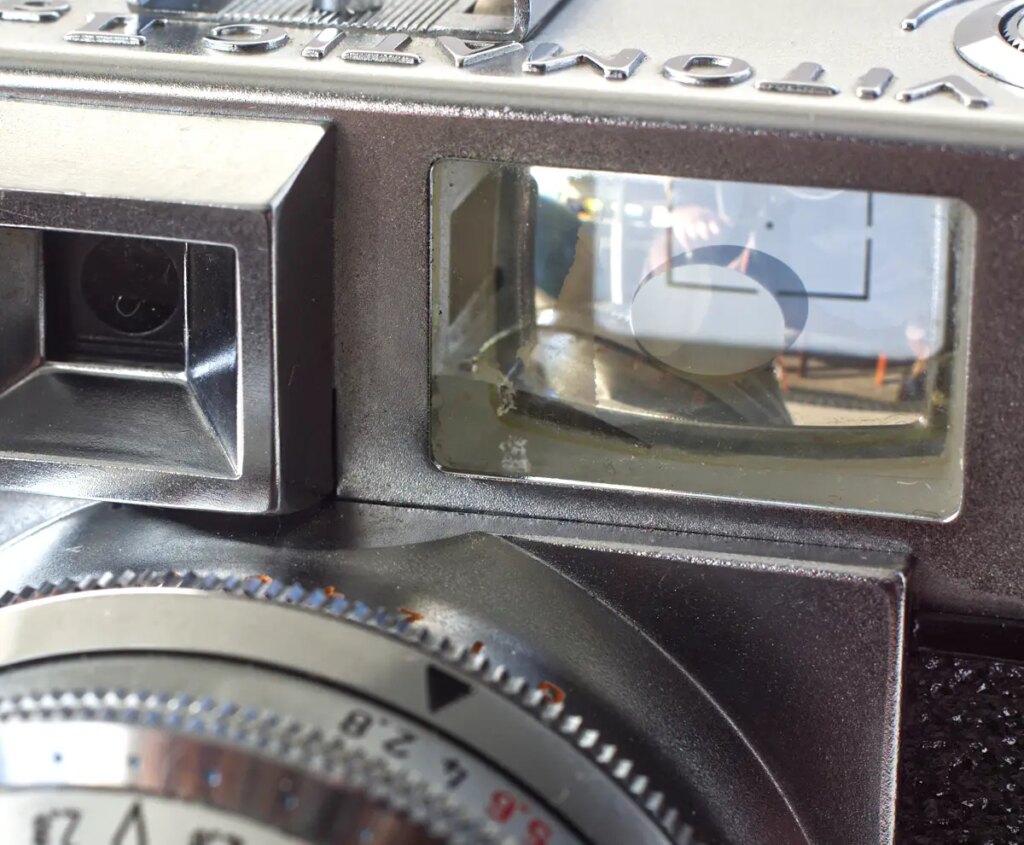
Later on, Voigtländer’s large, built-in, life size finders with incorporated reflected frame lines achieved the same result as both the Albada and the Kontur, using one eye only. Because they are life size, however, they too allow both eyes to remain open, useful when it helped to see beyond the frame lines, to anticipate action for example. They do sometimes develop pale, brown patches of discolourations which only become a problem if very bad. The Vitomatic IIa example shown has a pale triangular mark just to the left of centre but it was not noticeable in use.
Construction of the Kontur is very simple, the black, metal body having a large eyepiece lens facing the eye and an opaque screen on the front face containing the translucent frame lines with broken lines indicating the adjustment needed at closest focus. The shoe fitting is moulded into the body or riveted on in later versions.
In use.
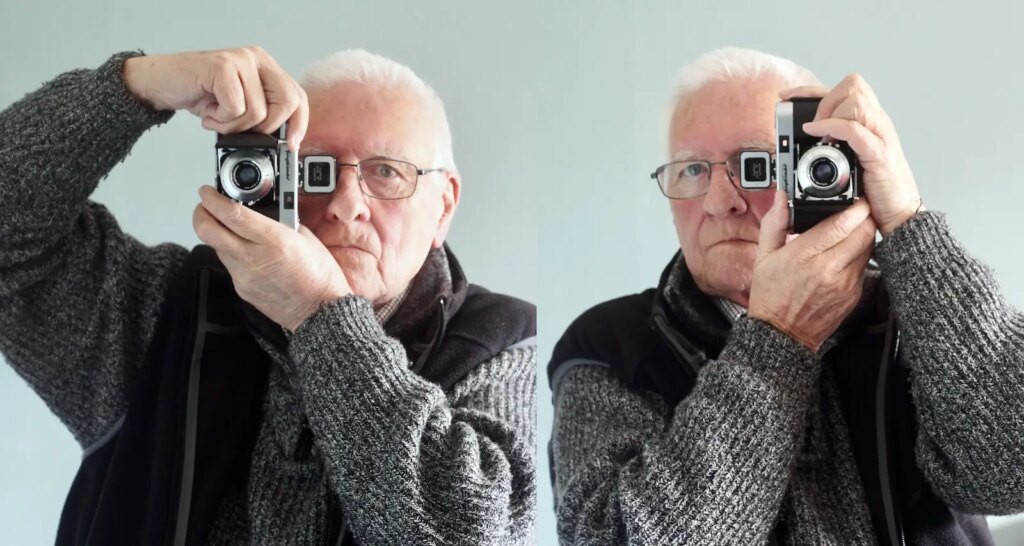
A small number of people apparently have difficulty using this type of finder, but that is the exception I am sure. I can use either eye to the finder but I favour my dominant right eye when the frame lines seem a little easier to see. With my left eye parts of the subject occasionally black out if my eye is not exactly centred. In portrait format, to avoid blocking the free eye with the camera, the eye you use will dictate the hold you employ, releasing the shutter with either finger or thumb.
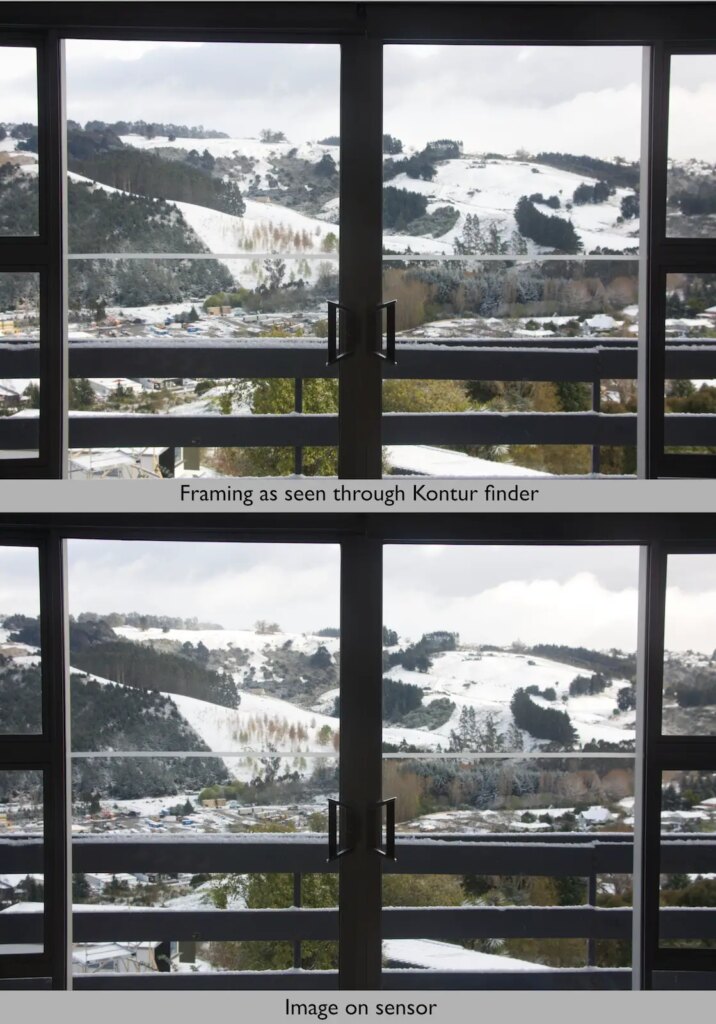
I checked accuracy with my Sony A3000 with Tamron 28-200 zoomed to match the Kontur frame. (I use a Zhong Yi Lens Turbo mount adapter giving 0.72x magnification of APS-C so using the marked lens focal length would not match exactly as the adapter doesn’t give precisely 1:1.)
I initially framed the example image using the Kontur finder, producing the lower image, which is offset downward compared to what the Kontur showed (upper example), reflecting the higher accessory shoe position on the Sony. The width is almost exactly the same, however, which indicates the finder is accurate. Fitted to my Retina IIc it is acceptably accurate too, even though the accessory shoe is slightly offset from the lens axis, plus it is easier to use than the built in finder when wearing glasses and the rangefinder can still be used.
As a further check, moving my eye around the eyepiece doesn’t result in the frame moving in relation to the view, only in cutting off the edges the more off axis you go.
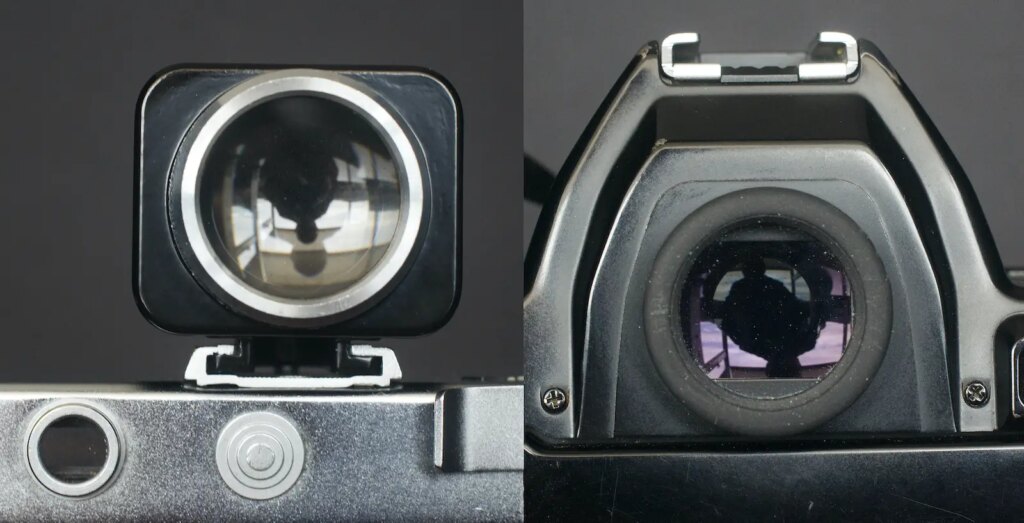
In terms of eye-point, the finder is on a par with the Nikon high eye-point finders. My Nikon F801 has the F3HP finder optics, but the eyepiece is 2mm smaller in diameter, making the Kontur generous in this respect and much larger than the camera’s built-in finder, a great help when wearing glasses or eye protection of some sort.
Finally.
For such a simple device, the Kontur is remarkably effective even today, and particularly at the time it was introduced when finders were generally very small. It is all the more remarkable that 70 years on it is still a useable accessory, nothing in its construction is particularly prone to wear, loosening or fading of course.
Share this post:
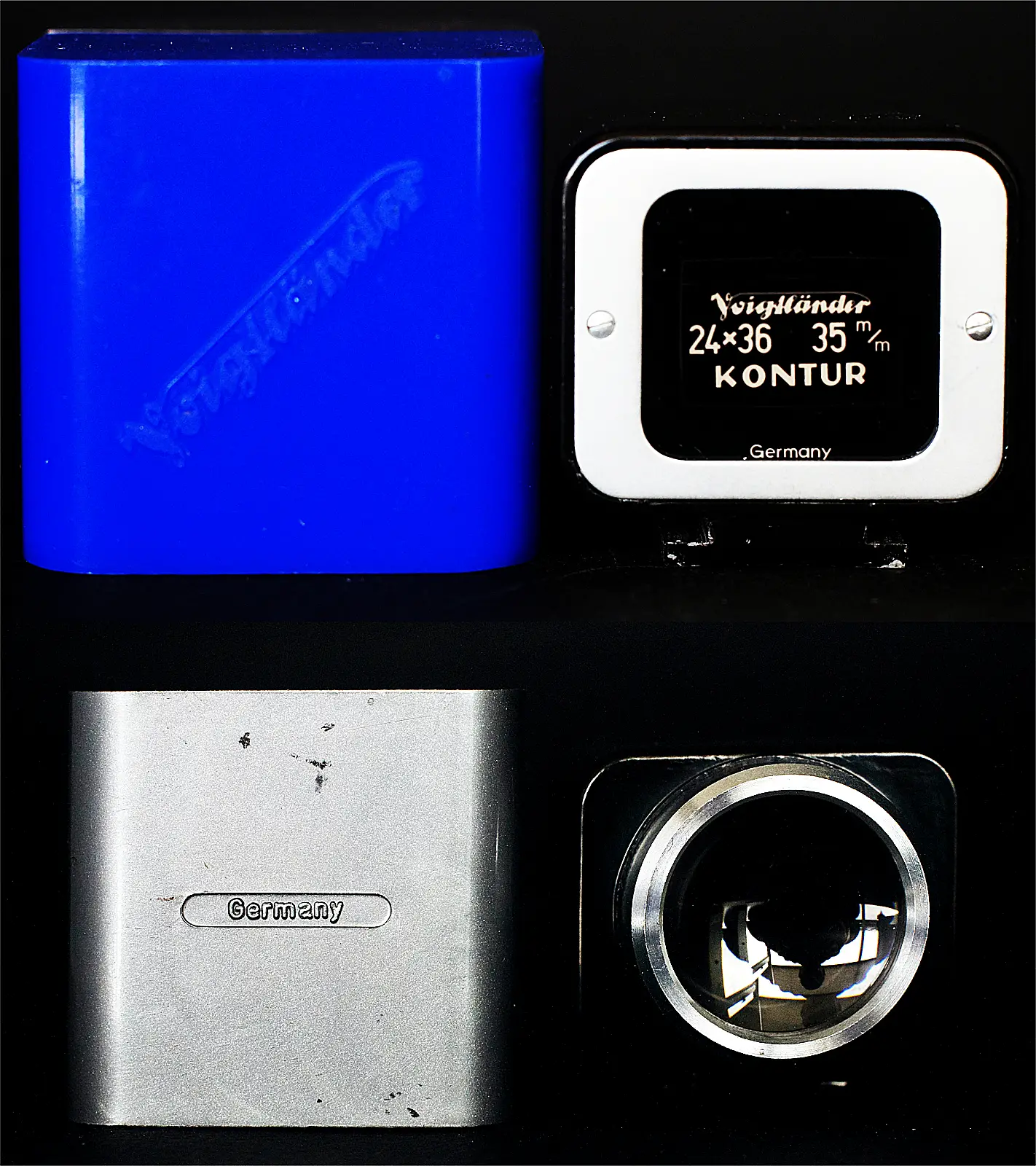
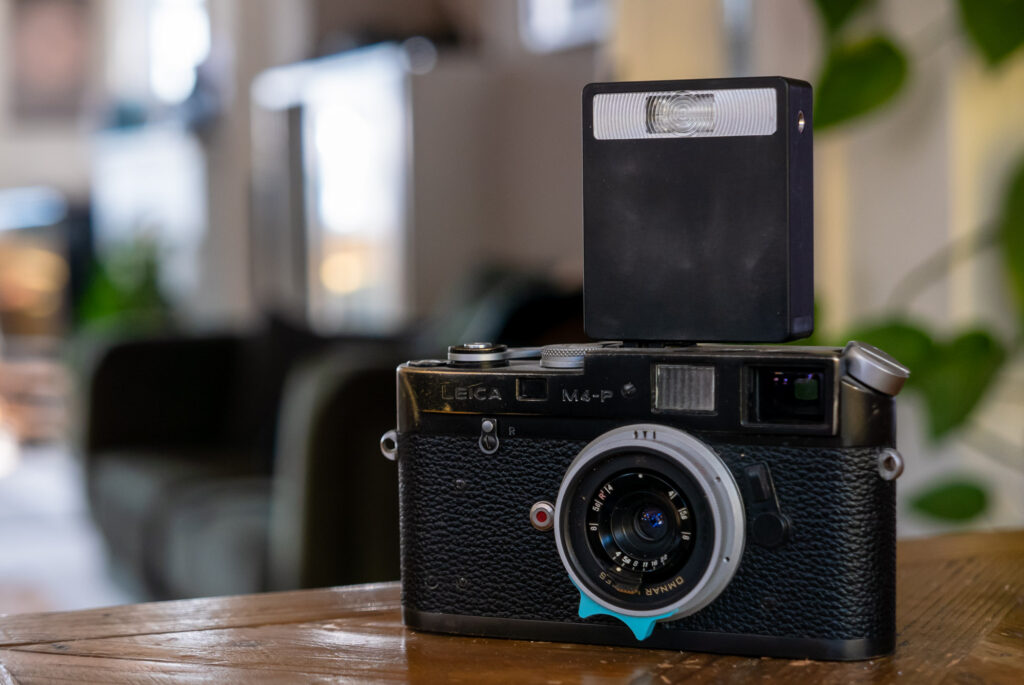
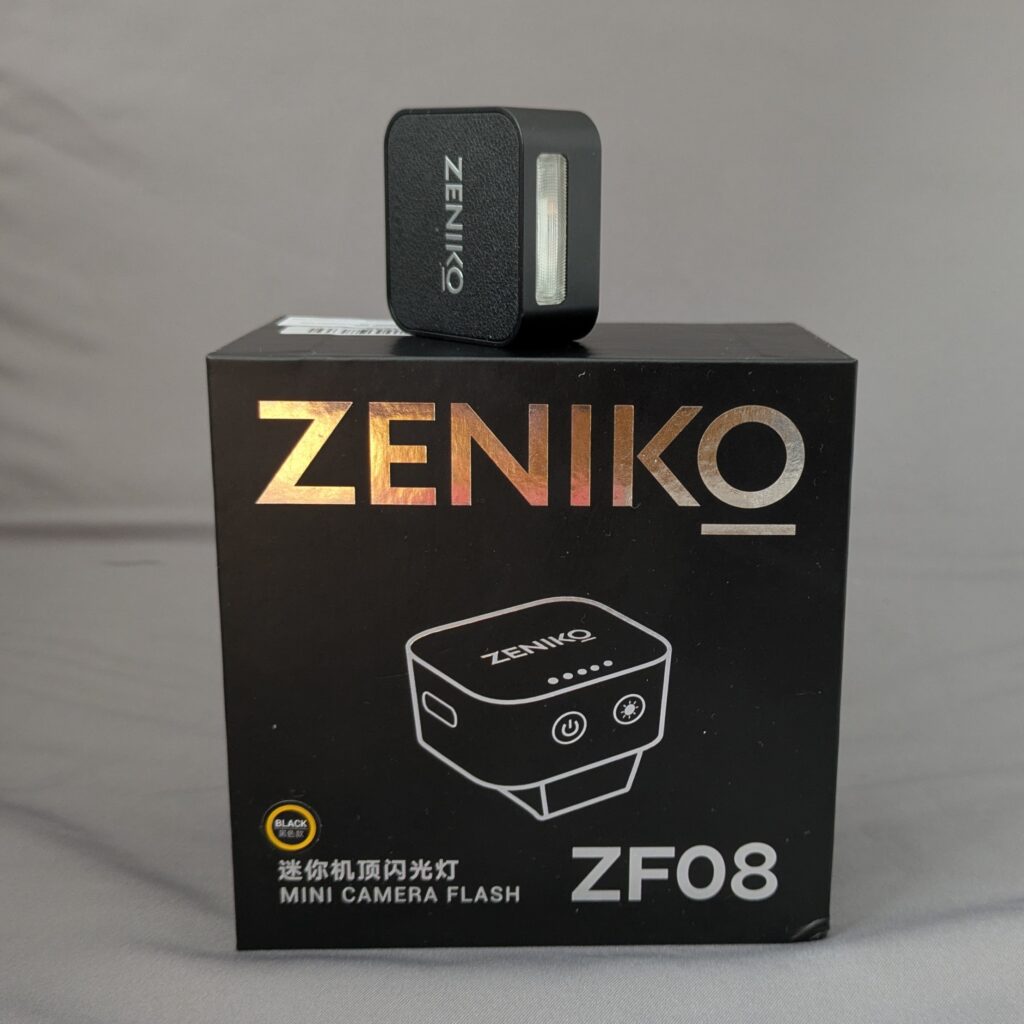
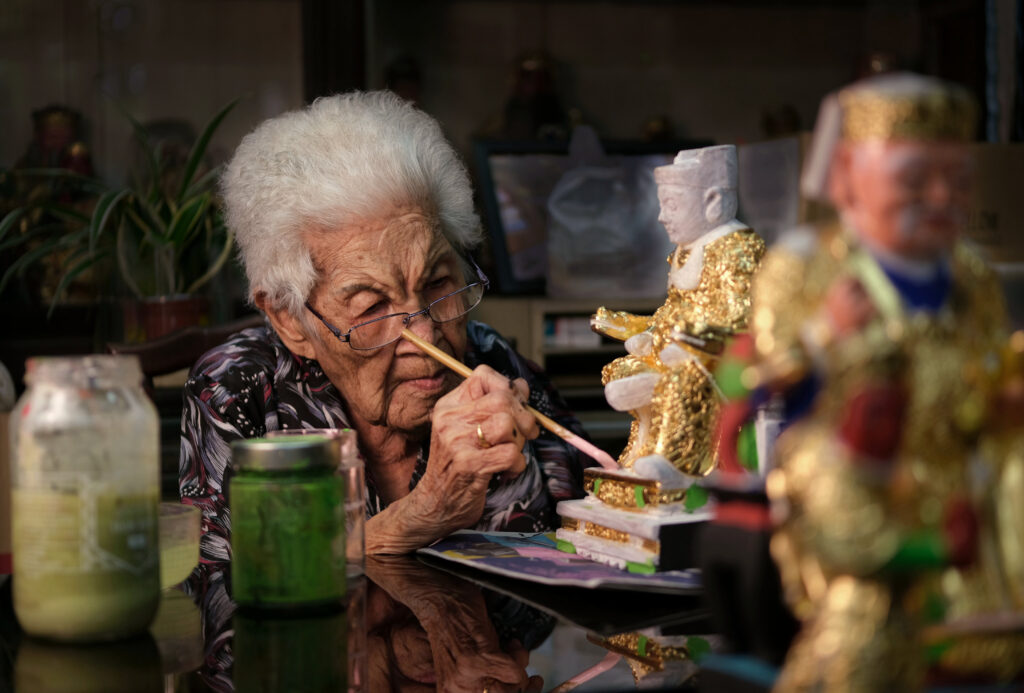
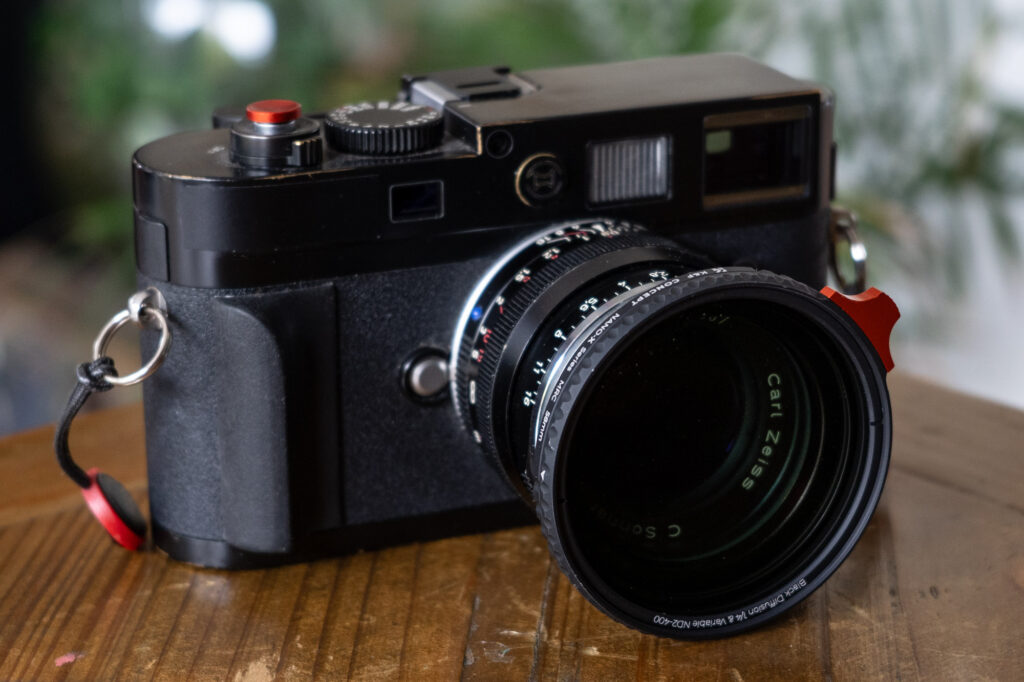




Comments
Terry B on Voigtländer Kontur Viewfinder Review – By Tony Warren
Comment posted: 07/12/2022
Comment posted: 07/12/2022
Comment posted: 07/12/2022
Alan Simpson on Voigtländer Kontur Viewfinder Review – By Tony Warren
Comment posted: 08/12/2022
I see that my 6x9 Kontur finder has a metal body and a slightly differently shaped foot from the 6x6 and 50mm ones, which both have pastic bodies. I wonder if all formats had metal bodies and different feet originally? I don't have the rarer 35mm finder, but I'll keep looking for that.
Tim Huggins on Voigtländer Kontur Viewfinder Review – By Tony Warren
Comment posted: 18/12/2022
Tony Warren on Voigtländer Kontur Viewfinder Review – By Tony Warren
Comment posted: 19/12/2022
Joseph Fisher on Voigtländer Kontur Viewfinder Review – By Tony Warren
Comment posted: 04/07/2023
Comment posted: 04/07/2023
Mark Hanley on Voigtländer Kontur Viewfinder Review – By Tony Warren
Comment posted: 09/12/2023
Comment posted: 09/12/2023